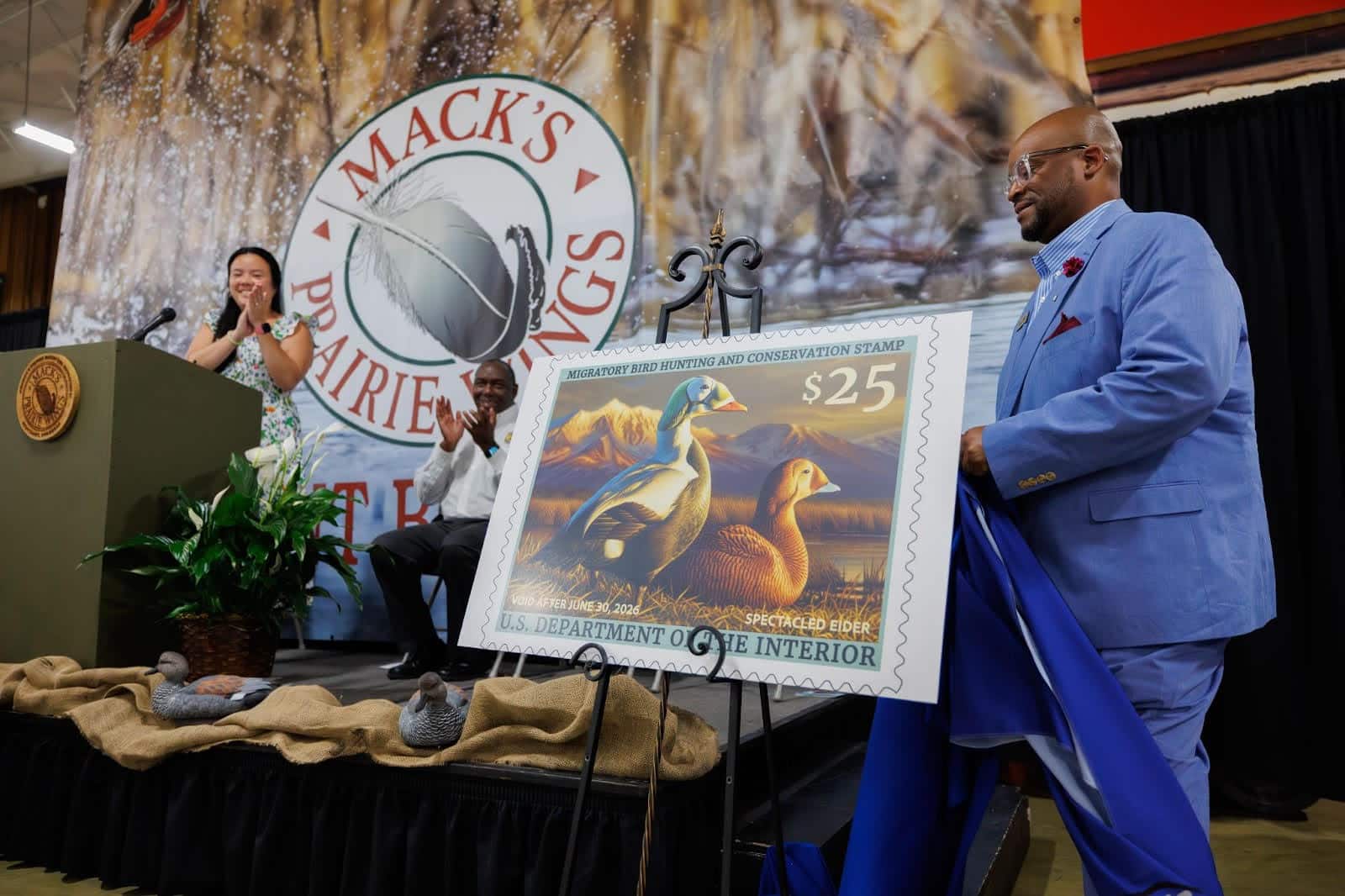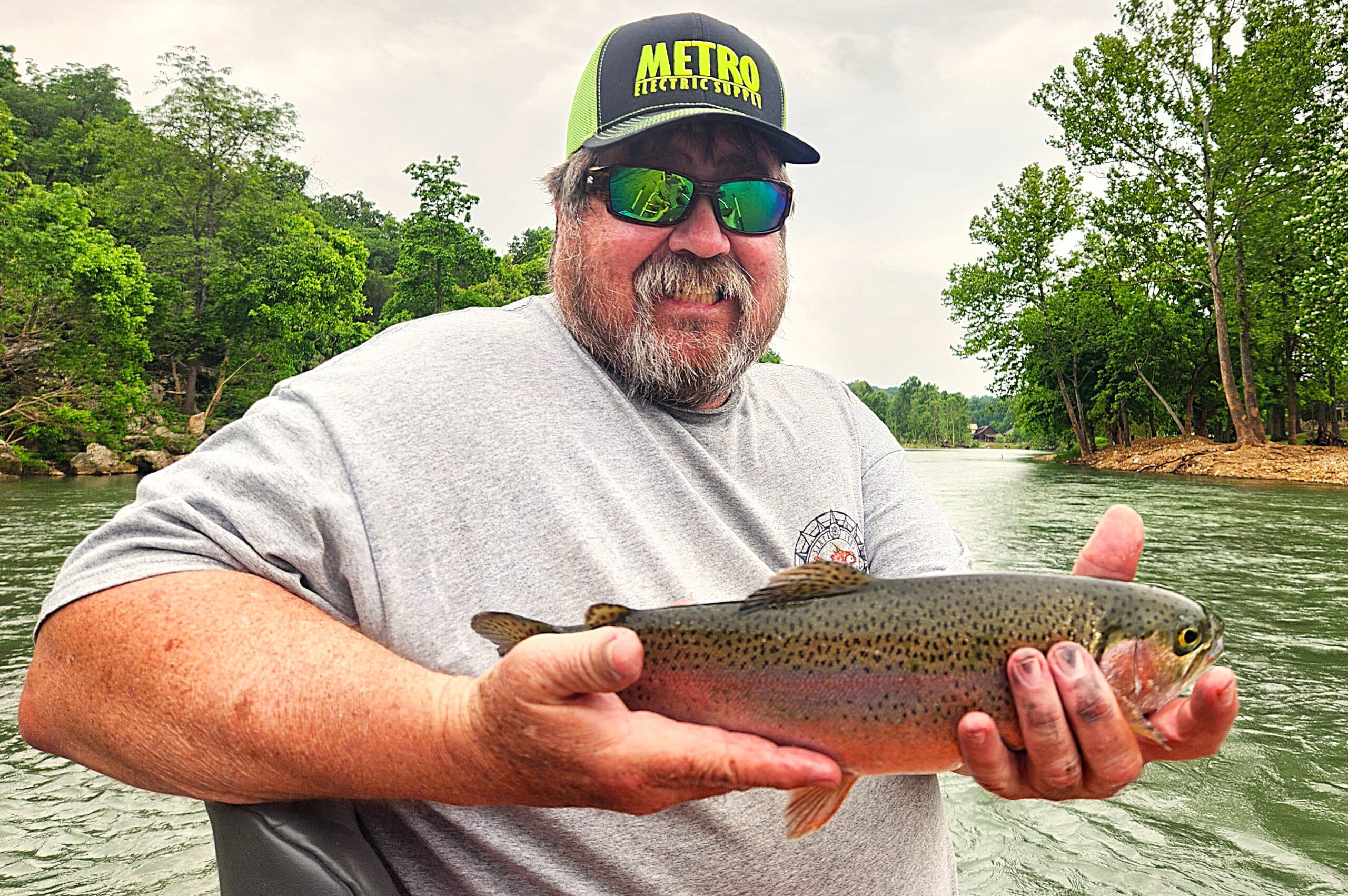Holland Bottoms’ rest area important for ducks and area hunters
BY Jim Harris
ON 01-25-2023
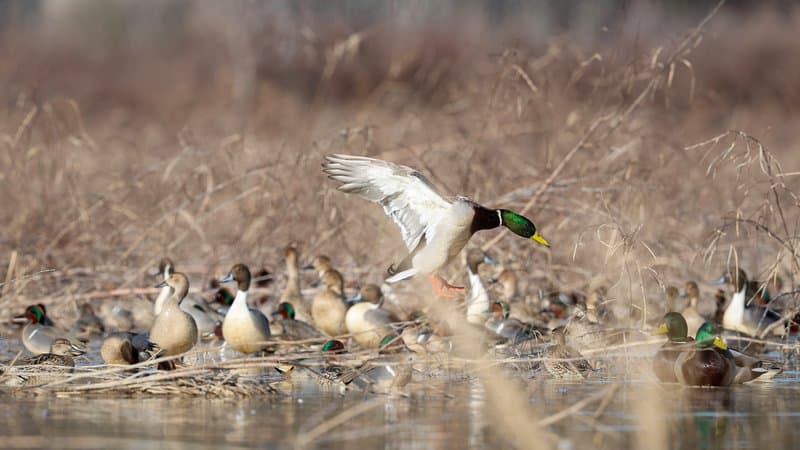
Jan. 25, 2023
Jim Harris
Managing Editor Arkansas Wildlife Magazine
JACKSONVILLE – A small triangle of land totaling about 90 acres, Lake Pickthorne Waterfowl Rest Area inside Holland Bottoms Wildlife Management Area, plays a huge role in the Arkansas Game and Fish Commission’s moist-soil wetland habitat program.
Jason “Buck” Jackson, the AGFC’s statewide wetlands program coordinator, said. “It’s important to me since we don’t have any other ‘primo’ moist-soil communities close to that (western) side of the (Arkansas) Delta. Cypress Bayou WMA up in Beebe, a little more northeast, would be the closest.”
Jackson says that all the moist-soil units across the east-central portion of the state tie together to provide food and habitat for migrating waterfowl. In recent days the moist-soil units on Holland Bottoms’ rest area has seen thousands of ducks. While no hunting of any kind is allowed on the rest area between Nov. 1-Feb. 15, the rest of the WMA is huntable, and the chance of ducks coming off the rest area to search for other nearby landing spots presents good potential for waterfowl hunters.
“There is hunting opportunity, but you probably have to use a map to get around,” Clifton Jackson, the AGFC’s biologist for Holland Bottoms WMA, said. “The elevation doesn’t vary a lot. It doesn’t take a lot of rainfall to flood the sloughs and creeks that run through. That provides pretty good duck hunting. You just have to find a spot where there might be some ducks.”
Eric Wickman, the AGFC’s technician on Holland Bottoms, handles the heavy labor of preparing the Pickthorne WRA with direction from Buck Jackson and AGFC statewide wetlands senior technician Jeffrey Cothern. The work to prepare the two units of the rest area this season began within days of the close of last season.
“It started with taking soil samples,” Wickman said of work he’ll repeat again next month after this year’s season closes Jan. 31. The samples help determine what type and amount of soil amendments, such as lime or fertilizer, will be needed. The wetlands staff then puts a cleated roller to the soil while there is still some water on it. This chews up remaining debris from last year’s plants, scatters seeds not consumed by waterfowl the previous winter and incorporates the decaying plant matter into the soil to make it available for this year’s yield producing plants.
“We’re looking for the highest yield of product we can get, whether it be through native vegetation or planting of various millet species, to produce the most duck energy days possible for migrating waterfowl,” Wickman said.
Ducks like rice, beans and corn as they are passing through the Mississippi Flyway for instant energy, but it is the macronutrients of the moist-soil units that provide them with the building blocks to carry with them to the Prairie Pothole Region for spring breeding. “Primo” moist-soil units offer the true buffet of native millets, barnyard grass, sprangletops and toothcup, annual smartweeds and sedges, along with a wide variety of invertebrates, plus cover to hide from predators and the weather.
Last year, Wickman said, he personally put about 52,000 pounds of lime with a tractor and buggy. “Usually we contract such actions out, but when the contractors were not available, I tackled the task of fertilizing and liming. If anybody out there’s ever done that, they know it’s about as rough as a corncob when spreading using a tractor and buggy,” he said. And that’s just for starters on the landscape.
One unit needed a reset to its vegetation, Buck Jackson said, so millet was planted as a cover crop, while the other unit saw a sprouting mix of volunteer millet and native species. Eric added, “In the summer we disked it twice with a heavy new ground disk, then we hit it a third time with a finish type disk, then rolled it with a flat roller and then came back with a conventional seed drill to plant the millet,” he said.
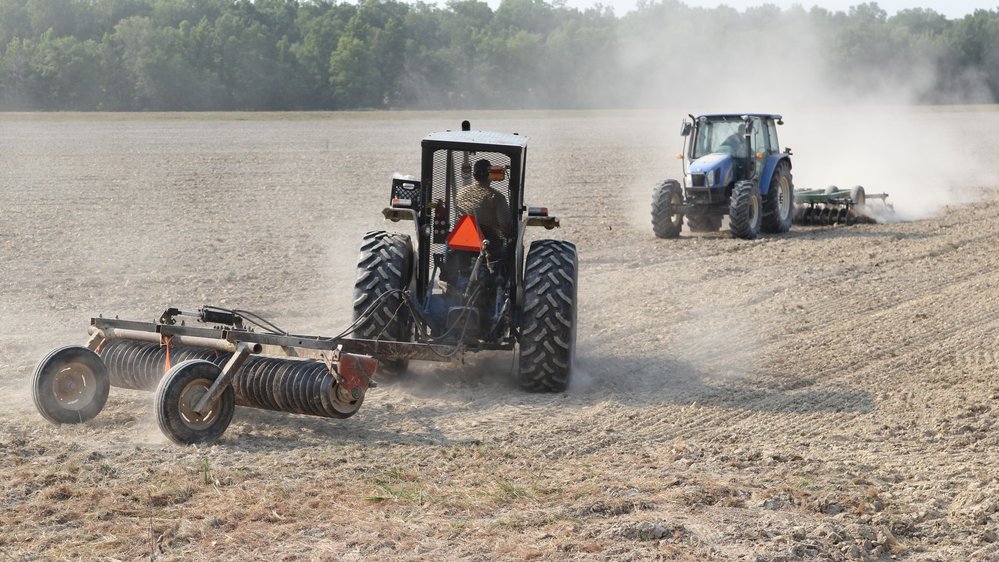
Wickman said, “We wait for germination, then we see what success we have, how much coverage we have. Where we don’t have good coverage, we hope that when it’s irrigated, it will encourage the gaps to fill in with natives. In late summer, as a last resort, we usually supplementally plant some areas using a four wheeler and spreader. Past that, we put water on it. If it’s really dry, we’ll give the ground a drink every 11-14 days. If Mother Nature does it for us, then we don’t have to put our water on it. But this summer was a dry one. We irrigated it consistently until it matured.”
One of the units is 45 acres, the other is 35, and Wickman estimates another 10 acres for levees around the rest area, which serves more than migrating waterfowl. Wickman says that during the summer the area is consistently used by deer, rabbits and other species for cover. Also, turkey and quail have been observed on the area. As water is drawn down in the rest area beginning in early March, shorebirds find their way to the edges. Blue-winged teal migrate back through from South America. There is a walking trail in the WMA that offers good birding and other watchable wildlife opportunities especially during the drawdown process.
“I’ve seen everything but elk and bear in moist-soil units ,” Buck Jackson says.
Wickman said, “The Holland Bottoms rest area is probably one of the more important ones we have. If you look at a map and look at wetland reserve easements in the area and the WRAs, there are not very many places in this area for ducks to truly rest. We have several larger cities strung close together. But at times we have thousands of ducks resting on the WRA’s 90 acres, and that’s crucial to what we’re trying to do.
“Just the location of it is important, being the closest of the moist-soil units to Little Rock. In the morning time, the ducks are going to go to other places in the vicinity and that increases the possibility of the public harvesting them. So, it’s crucial for hunters in the area. And we know we’re producing good duck energy days with our planting in moist-soil units, we’re providing good habitat for them, and it’s very valuable.”
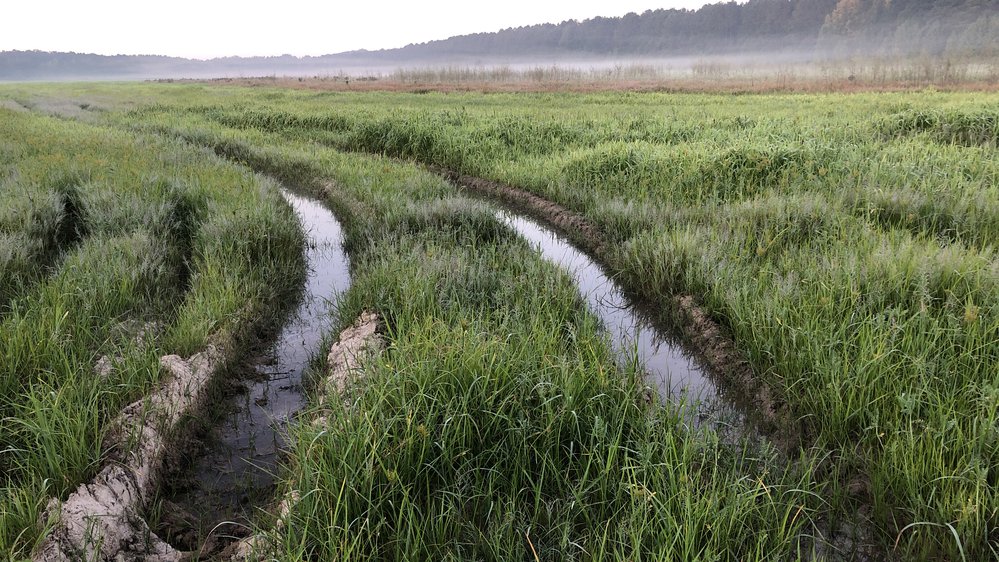
Coursing through Holland Bottoms WMA are Jack’s Bayou, Two Prairie Bayou, White Oak Branch and Glade Branch to distribute water throughout. Buck Jackson says, though, that Holland Bottoms falls out after a few days without rain, as there is no infrastructure to hold the water. Wickman says about 30-40 percent of the lower half of Holland Bottoms will flood after a good rainfall. “A significant portion floods, and that’s the potential area to hunt the ducks that are coming off that waterfowl rest area.”
Lake Pickthorne, a popular fishing destination for the Jacksonville-area anglers, is just north of the two WRA units. “We use the lake for doing some of our irrigation out there. We have a tailwater ditch for catching and recycling water,” Wickman said.
Buck Jackson, who has 9,800 acres total in the moist-soil units across the state, said, “Holland Bottoms has come a long way in the past decade since I came into this job. We’ve improved that soil and infrastructure there over the years, and with the staff’s help that’s why we’ve got what we’ve got this year.”
Recent News
Subscribe to Our Weekly Newsletter E-mails
Don’t miss another issue. Sign up now to receive the AGFC Wildlife Weekly Newsletter in your mailbox every Wednesday afternoon (Waterfowl Reports are published weekly during waterfowl season and periodically outside the season). Fishing Reports arrive on Thursdays. Fill in the following fields and hit submit. Thanks, and welcome!

